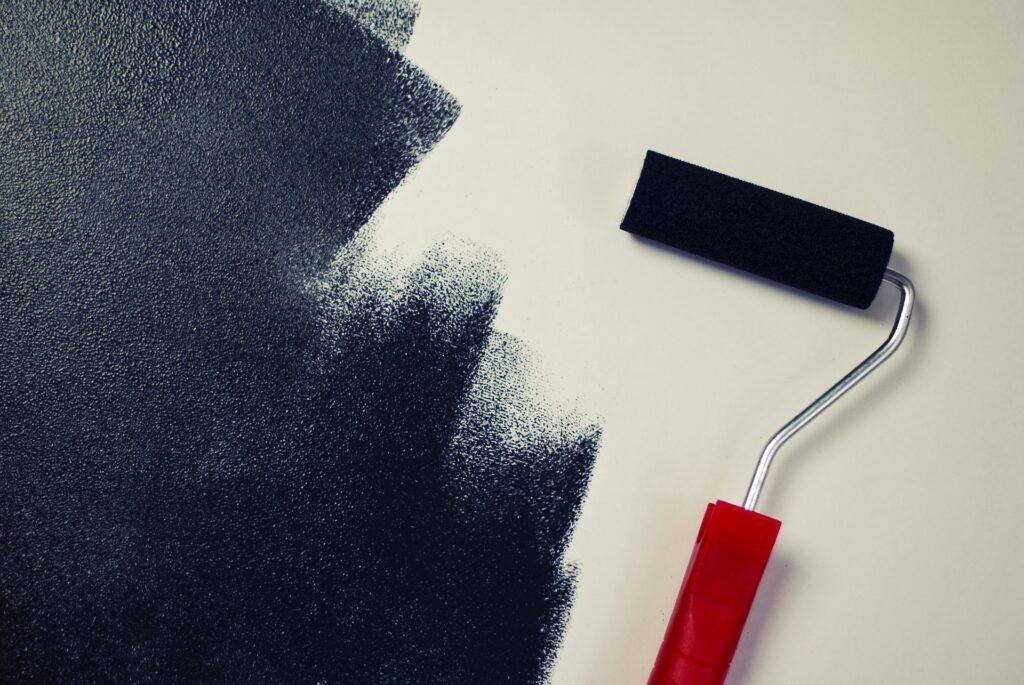In recent years, the global push towards sustainability has permeated every industry, from fashion to technology—and the paint and coatings sector is no exception. Industrial wall paints, once infamous for their environmental impact, are now being reimagined with eco-friendly and sustainable production techniques. This shift not only reduces the carbon footprint of manufacturing but also creates products that are safer for both humans and the planet.
The Problem with Traditional Paints
Traditional industrial wall paints rely heavily on synthetic chemicals, including volatile organic compounds (VOCs), heavy metals, and non-biodegradable ingredients. These substances contribute to:
- Air Pollution: VOCs evaporate during application and drying, releasing harmful fumes that affect air quality and health.
- Environmental Degradation: Non-renewable raw materials like petrochemicals deplete resources and create waste during production.
- Health Risks: Prolonged exposure to conventional paint fumes can cause respiratory issues and other health concerns for workers and occupants.
A Greener Alternative: Sustainable Industrial Paint Production
Eco-friendly industrial wall paints are transforming this narrative by embracing innovation and sustainability at every step of the production process. Here’s how:
1. Use of Renewable Resources
Eco-friendly paints utilize renewable raw materials such as plant-based oils, resins, and natural pigments. For example:
- Water-based formulations replace solvent-based paints, significantly reducing VOC emissions.
- Bio-based binders derived from linseed oil, soy, or castor oil ensure durability without synthetic additives.
2. Incorporating Recycled Materials
By using recycled materials in production, companies minimize waste and conserve natural resources. For example:
- Pigments from industrial byproducts like iron oxides.
- Recycled packaging for storing and shipping paints.
3. Low Energy Manufacturing
Manufacturers are adopting energy-efficient processes to reduce their carbon footprint. From solar-powered factories to advanced curing techniques, these methods significantly cut energy consumption.
4. Non-Toxic and Biodegradable Ingredients
Replacing toxic chemicals with biodegradable alternatives ensures that the paint production process and final product are safe for ecosystems. Non-toxic formulations also improve air quality in painted spaces.
5. Focus on Durability and Longevity
Eco-friendly paints are designed for extended lifespan and durability, reducing the need for frequent repainting. This approach minimizes waste and resource consumption over time.
Why Go Green with Wall Paints?
Health Benefits
Eco-friendly industrial paints prioritize indoor air quality by reducing VOC emissions, making them ideal for spaces like hospitals, schools, and workplaces.
Environmental Impact
By minimizing harmful emissions and using sustainable materials, these paints significantly reduce their ecological footprint.
Compliance with Regulations
With stricter global regulations on emissions and hazardous materials, eco-friendly paints ensure compliance while appealing to environmentally conscious consumers.
Challenges and Opportunities
While the shift to sustainable industrial paints is promising, challenges remain. Higher production costs and limited availability of raw materials can deter widespread adoption. However, increasing consumer demand for green products and advancements in technology provide a wealth of opportunities for innovation and growth.
The Future of Paint: A Call to Action
The move towards sustainable industrial wall paints is more than a trend—it’s a necessity. Manufacturers, designers, and consumers all play a role in accelerating the adoption of eco-friendly solutions. By supporting brands that prioritize sustainability and investing in green technologies, we can collectively create a brighter, healthier, and more colorful future.
Are you ready to embrace the change?
Whether you’re a manufacturer looking to innovate or a business seeking eco-friendly solutions, the future of wall paints lies in sustainability. Together, we can paint a greener tomorrow!

